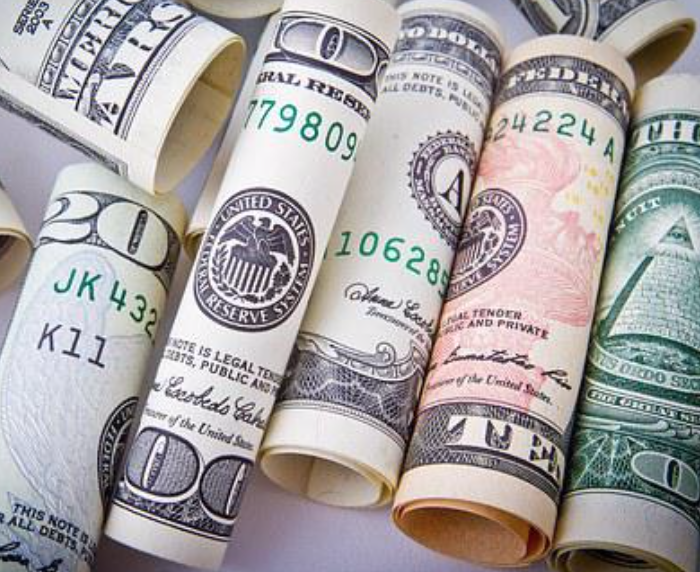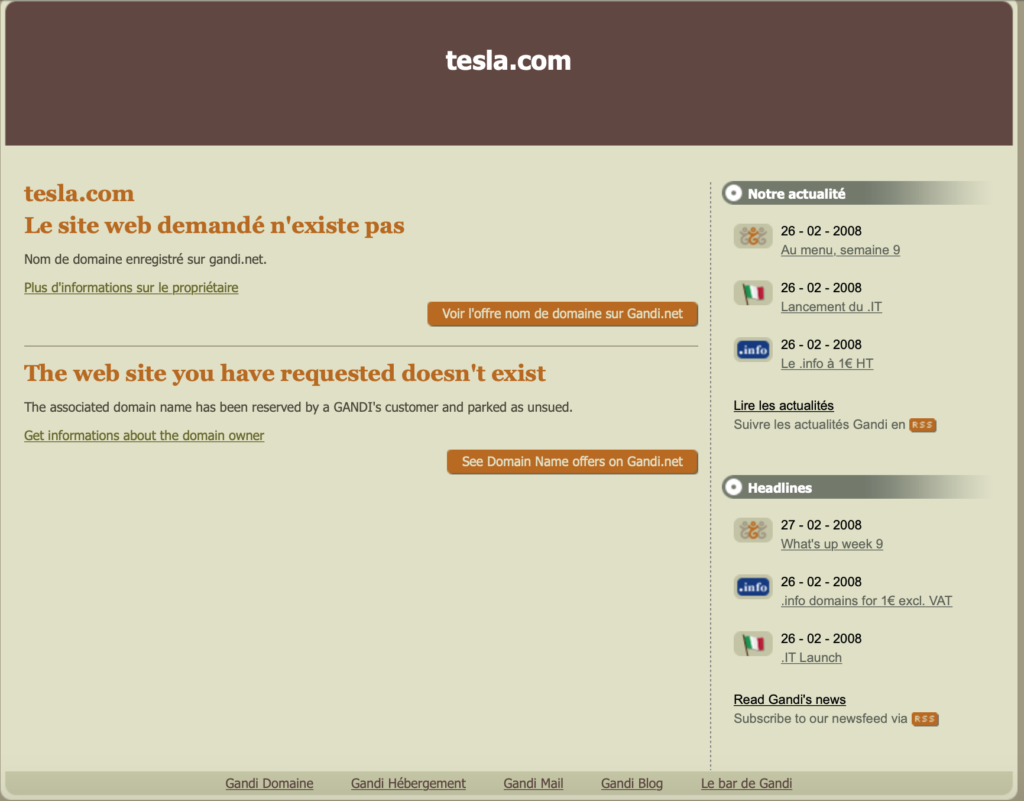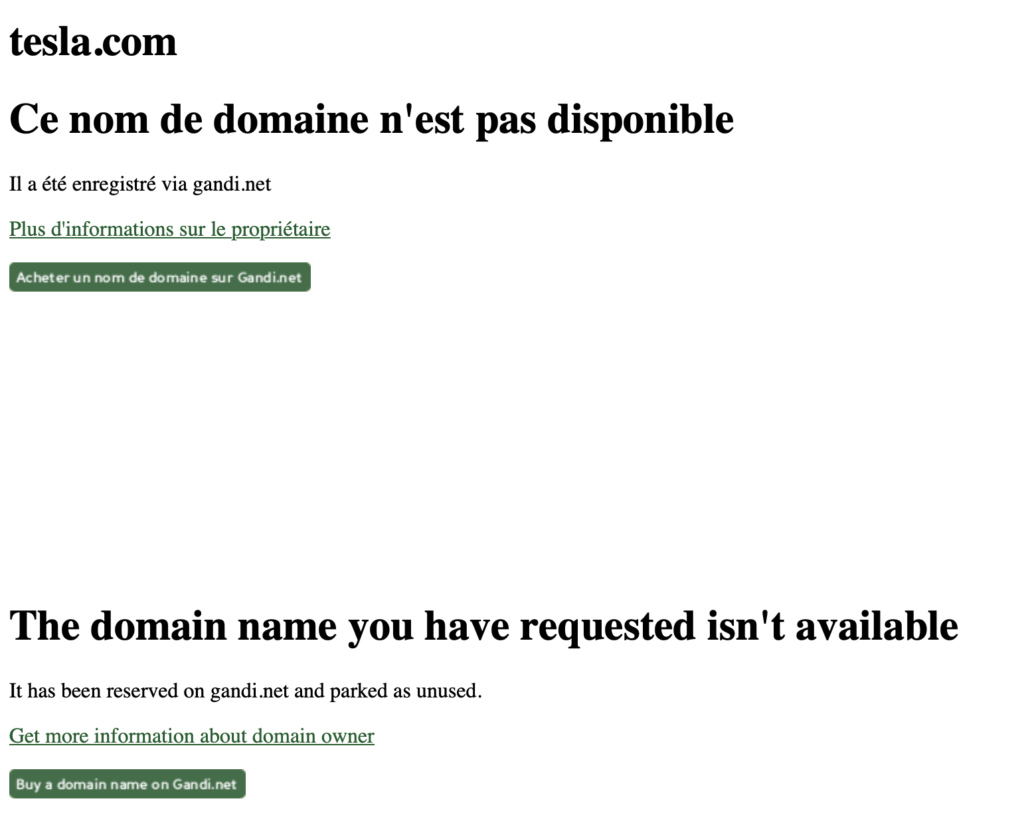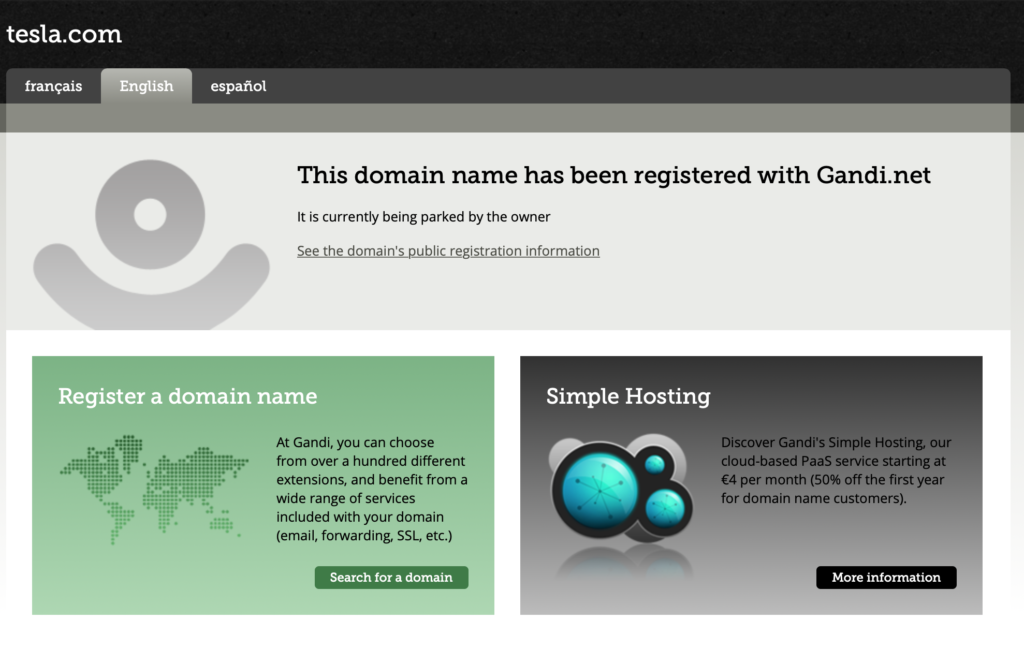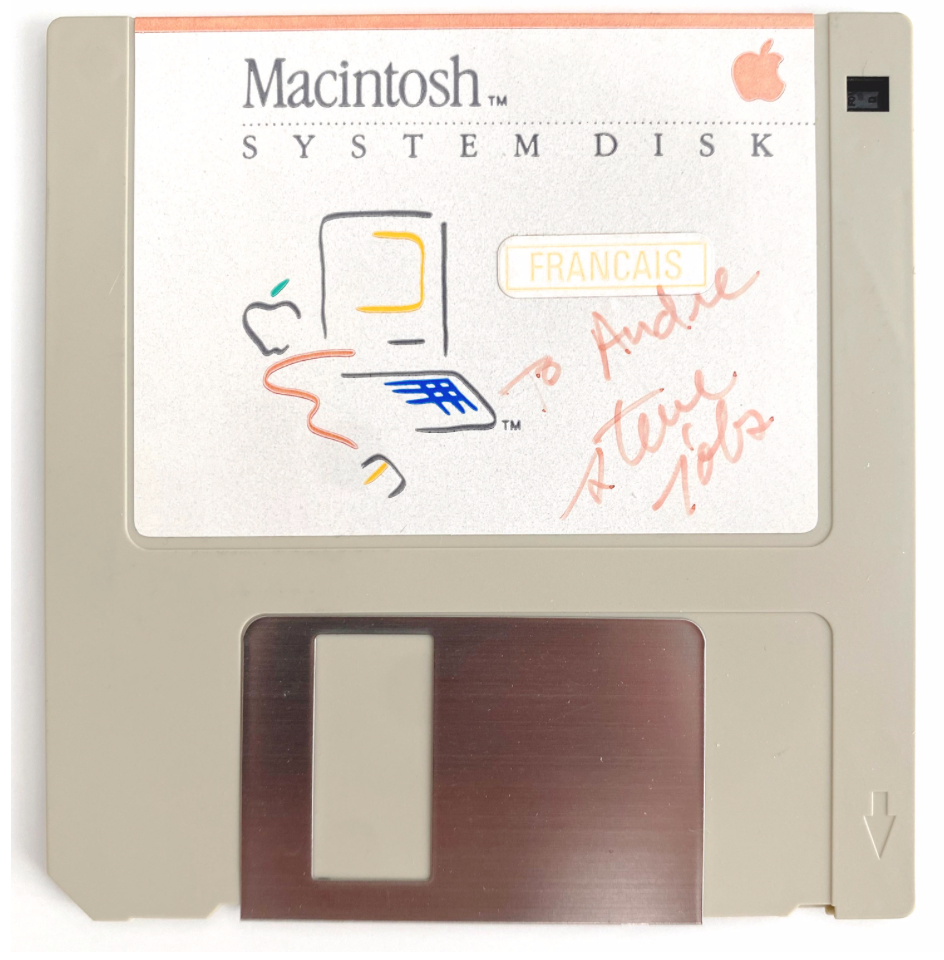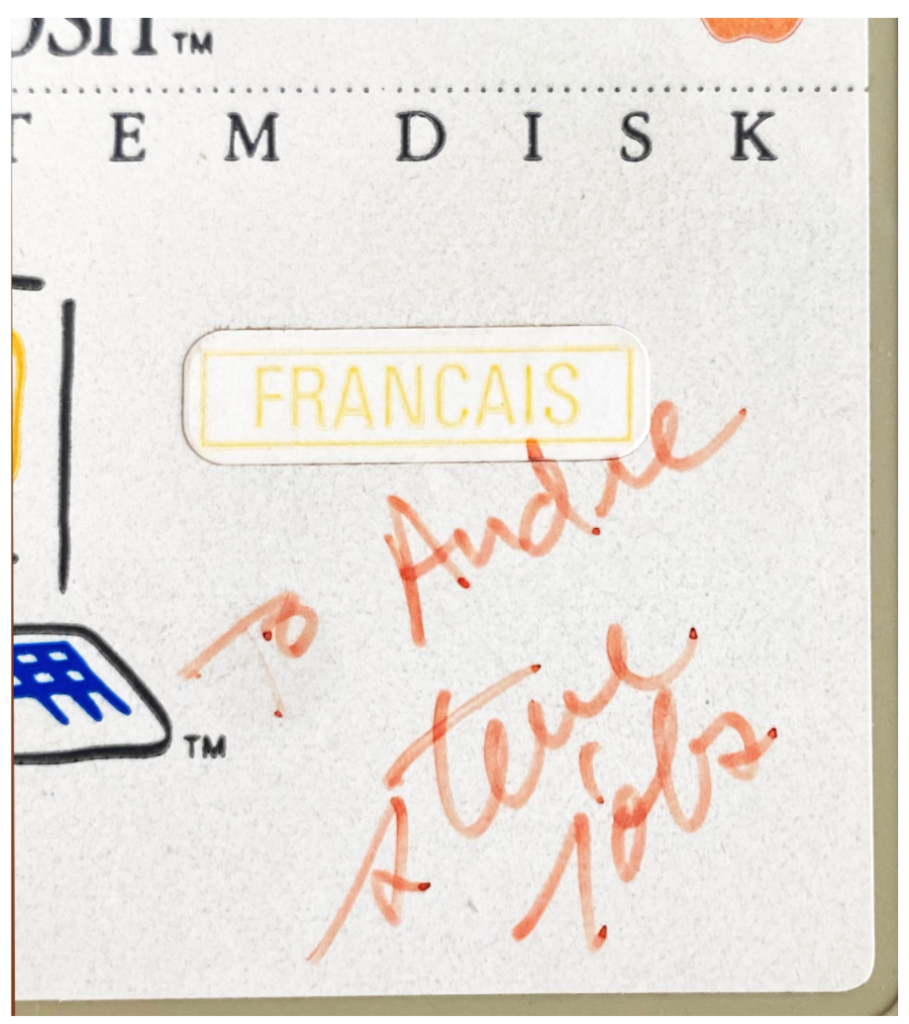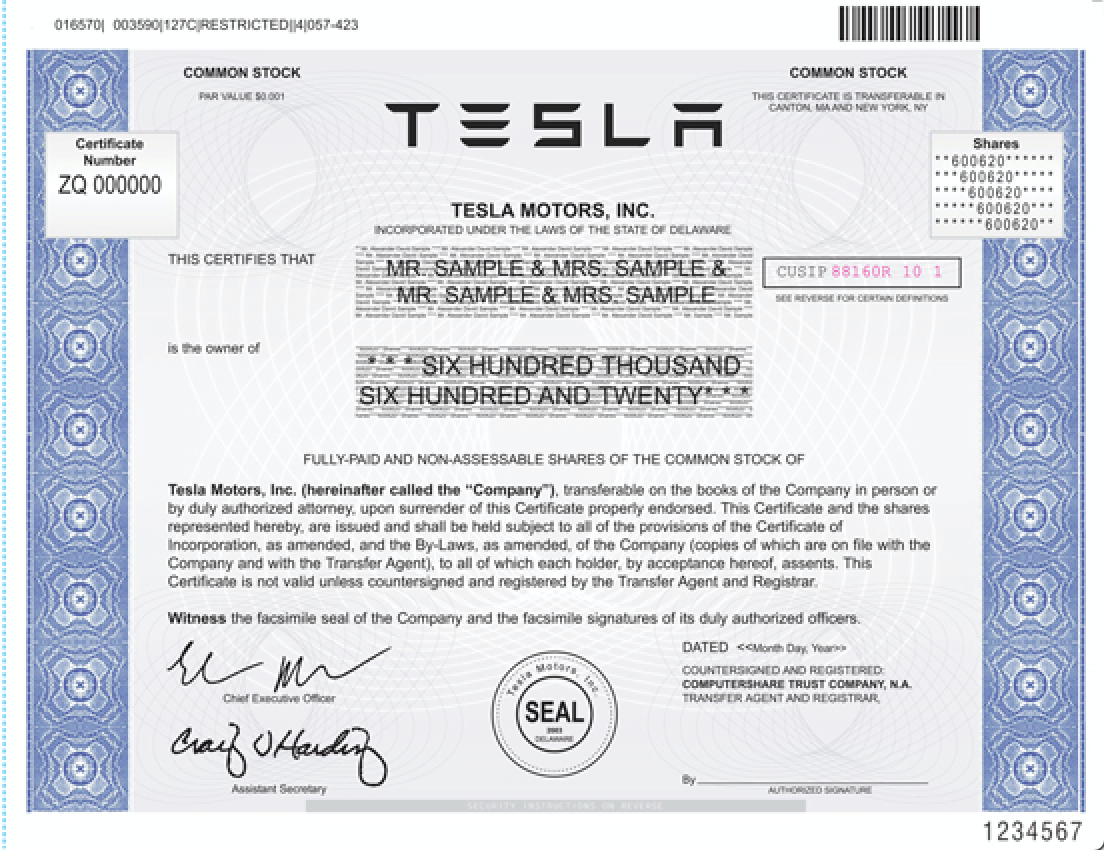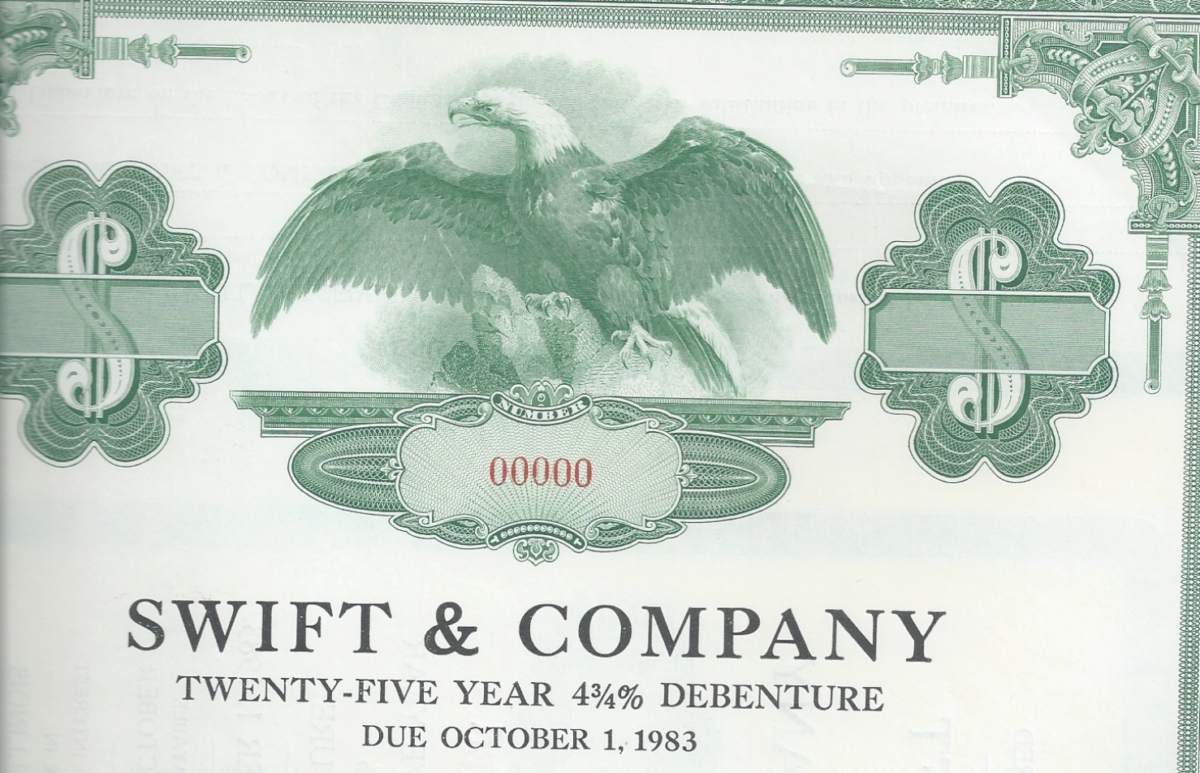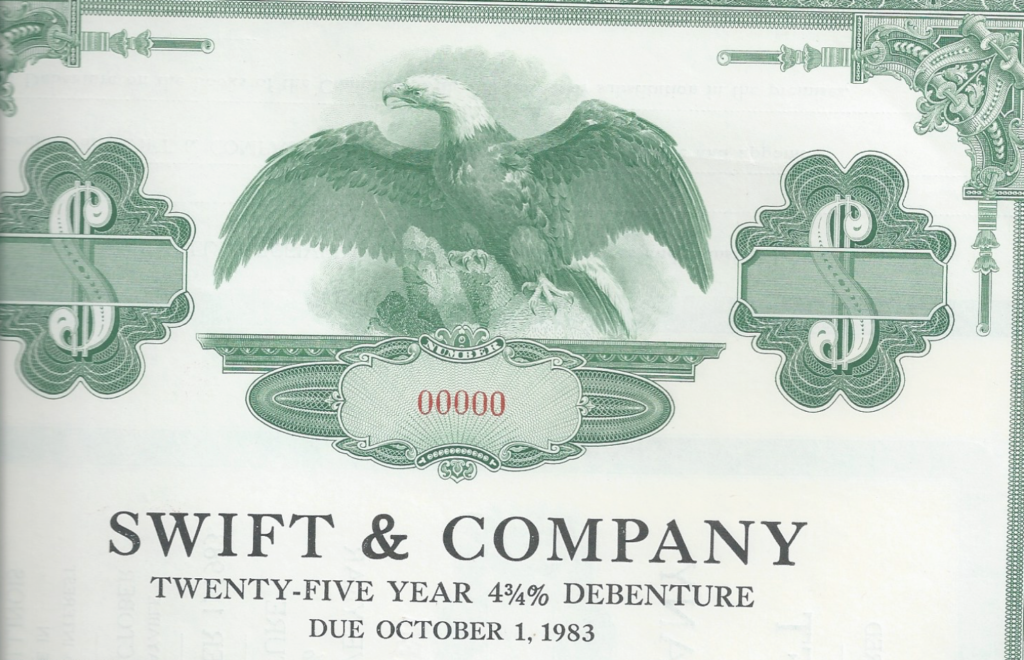by Fred Fuld III
Many investors have been looking for ways to generate higher yields. Unfortunately, other than Series I Bonds, there aren’t many alternatives.
Interest rates are going up for mortgages and credit cards, but as for bank accounts, you are lucky to get over 1% on a certificate of deposit.
However, there are seven profit-making stocks that are currently offering yields of more that 10%.
All of these companies have market caps over $2 billion, have a trailing price to earnings ratio below 14, and a forward P/E ratio less than 15.
AllianceBernstein Holding L.P.(AB) is an asset management company with a market cap of $4.03 billion. The trailing P/E ratio is 10.44, the yield is 11.68%.
Arbor Realty Trust, Inc. (ABR) is a Mortgage Real Estate Investment Trust, also referred to as a mortgage REIT. This $2.32 billion market cap company has a P/E of 7.59, and a yield of 10.74%.
Another mortgage REIT is Chimera Investment Corporation (CIM), with a market cap of $2.15 billion. It trades at 13.19 times earnings and has a generous yield of 13.86%.
FS KKR Capital Corp. (FSK) is a $5.93 billion market cap asset manager with a very low P/E of 2.41. It pays a high yield of 13.26%.
Annaly Capital Management, Inc. (NLY) is yet another mortgage REIT, and has a $9.70 billion market cap. The P/E is a low 3.64, and the yield is a very high 14.26%.
Southern Copper Corporation (SCCO) has a market cap of $37.12 billion. This copper producer trades at 11.1 times earnings and yields 10.65%.
Last but not least, UWM Holdings Corporation (UWMC) is a mortgage finance company with a market cap of $5.50 billion. The P/E is 6.38, and the yield is 11.46%.
Beware of High Yield Issues
A few thing to be aware of regarding these high yields:
• The dividends are subject to change and elimination
• Putting limited partnerships (such as AllianceBernstein) in a qualified plan, such as an IRA, may have adverse tax consequences. (Talk to your account about this issue)
• Often there is a negative reason for stocks to trade at very high yields
• Many mortgage REITs use leverage to boost their yields, which creates added risk
Before making a rash decision about investing in any of these companies, do some research on them and be aware of the risks.
Disclosure: Author didn’t own any of the above at the time the article was written.

